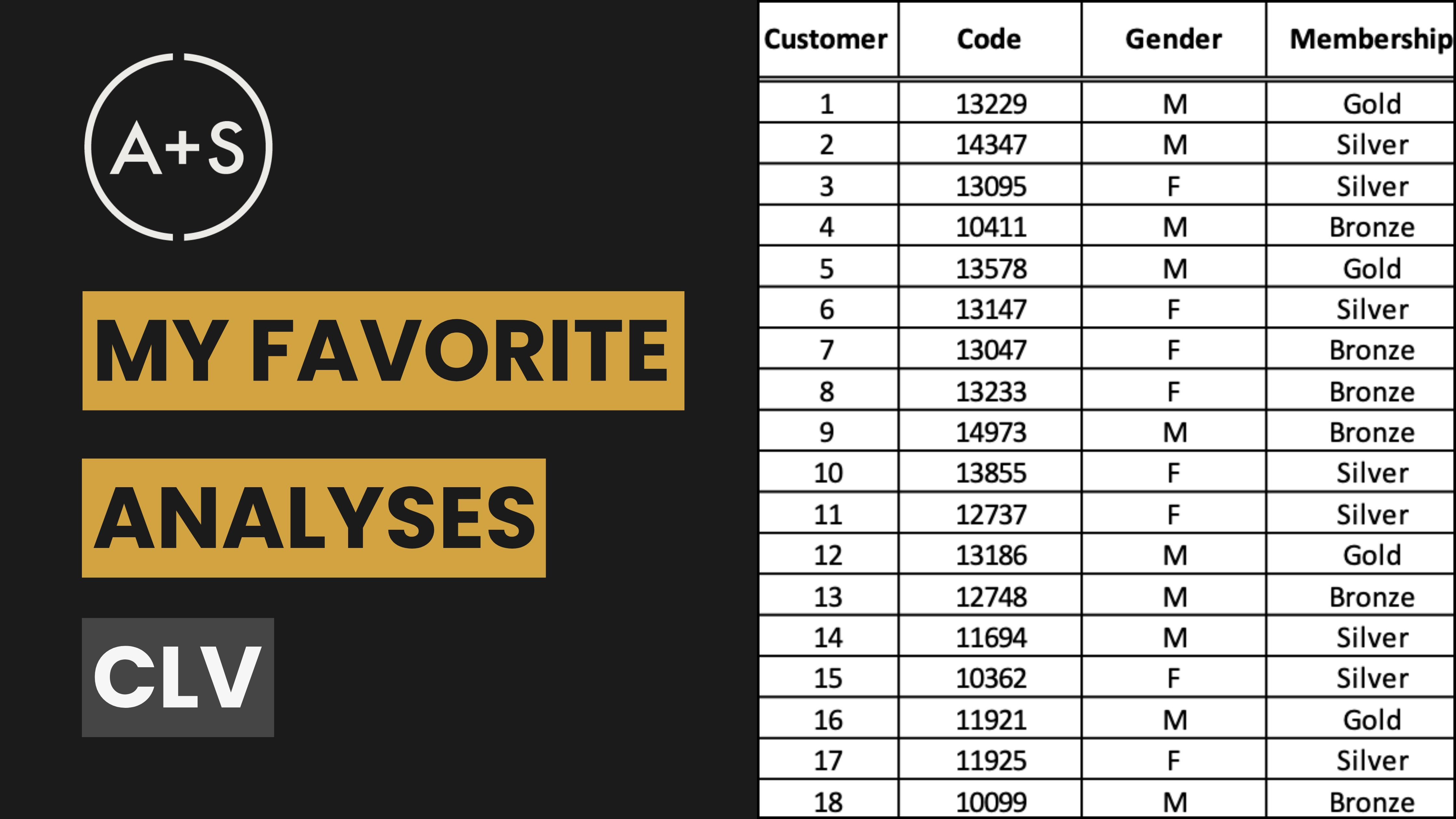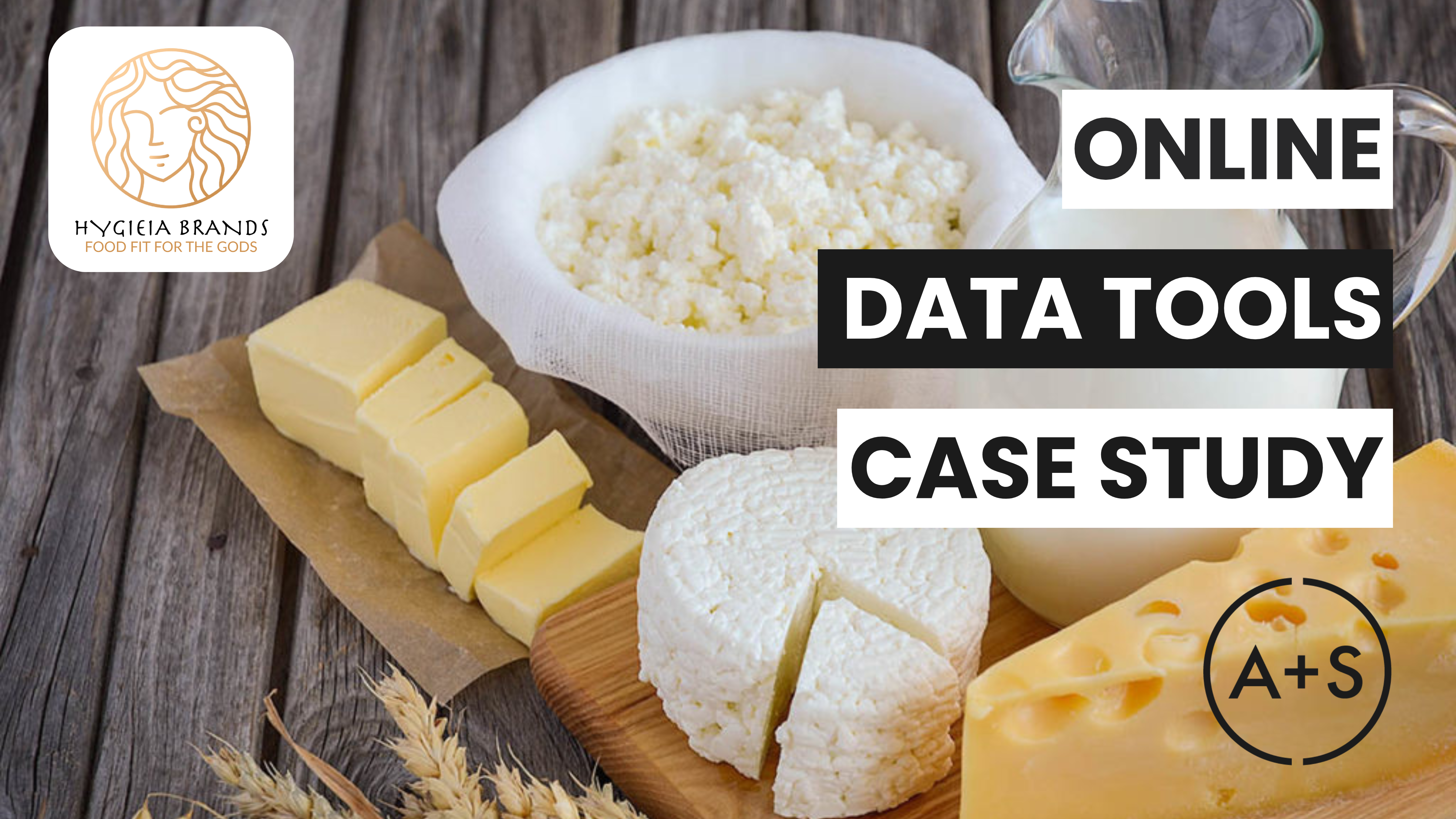Last week, we explored brand elements — your logo, name, slogan, and the other tangible tools that make your brand instantly recognizable. Think of them as the unique signature your audience sees and remembers.
But once they see you, what should they think? In a marketplace buzzing with alternatives, simply being seen isn’t enough. The real strategic win is to be known for something specific and valuable. What precise space should your brand own in your customer’s mind, especially when they’re weighing their options?
This is the domain of brand positioning. It’s the critical thinking that happens before the logo is finalized or the ad campaign launched. It means intentionally defining your distinct spot in the market so you resonate deeply with the right people. This strategic anchor drives everything: product, pricing, channels, and messaging. It’s the foundation for your marketing mix. For a data-driven team, think of positioning as defining the core hypothesis of your brand’s value, which you then continuously test and measure.
So, What Exactly IS Brand Positioning (And How Do You Know It’s Working)?
Brand positioning is the art and science of designing your offering and image to occupy a specific, compelling, and credible place in your target customer’s mind relative to your competitors. It’s about clearly answering – and consistently delivering on – these questions:
- What is this brand all about? (e.g., For Volvo, it’s fundamentally about “safety.”)
- Who is it for? (e.g., Apple historically targets creatives and those who value intuitive design and ecosystem integration.)
- Why should they choose us? (e.g., Southwest Airlines offers “low fares and friendly service” – a clear value proposition.)
Strong positioning isn’t just a marketing concept; it’s a business driver with measurable impact:
- Guides Your Entire Marketing Strategy: It’s your North Star for all communications and activities. If your positioning is “the most user-friendly software,” your UI/UX metrics become paramount.
- Makes You Distinct (Differentiation): It carves out why you’re special. Lush Cosmetics differentiates with fresh, handmade products and ethical buying – aspects they can track through ingredient sourcing data and customer surveys on brand values.
- Simplifies Customer Choice & Drives Conversion: Clear positioning helps customers “get” you faster. Think about how easily you understand what Amazon offers (vast selection, convenience). This clarity can be measured in higher conversion rates and shorter sales cycles.
- Builds Lasting Brand Equity: A strong, consistent position builds recognition, trust, and loyalty — all contributing to brand equity — which can be tracked through metrics like Net Promoter Score (NPS), customer lifetime value (CLV), and even brand valuation.
Start by fielding a quick perception survey: Ask customers to name 3 adjectives they associate with your brand and your top competitor. The overlap (or lack thereof) is your gap.
The Anatomy of a Powerful Positioning Statement: Your Strategic Blueprint
To crystallize your positioning, a concise statement is key. For data analysts, think of this statement as the codified logic of your brand’s market fit. It usually includes:
- Your Target Market: Who are you laser-focused on?
- Example: Liquid Death mountain water targets a rebellious, health-conscious youth segment who reject traditional corporate branding.
- Data Angle: Define this through demographic/psychographic data, social listening insights, and customer segmentation analysis. Measure engagement and conversion within this specific segment.
- Your Frame of Reference (or Category Membership): What market are you in? What are you being compared against?
- Example: When Tesla first launched the Model S, its frame of reference was luxury sedans (competing with BMW, Mercedes). Now, it also helps define the broader EV category.
- Data Angle: Analyze competitor sets, market share within these frames, and customer perception of category boundaries (e.g., through brand mapping surveys).
- Your Point of Difference (POD): What makes you uniquely superior for your target? This is your “secret sauce.”
- Example: Google Search‘s early POD was its superior algorithm delivering more relevant results, faster.
- Data Angle: Quantify this! Is it speed, price, a unique feature? A/B test messages emphasizing different PODs. Track customer ratings on attributes related to your POD. Perceptual maps can visually show how your POD is seen versus competitors.
- Your Points of Parity (POP): What are the “must-haves” to even be considered a legitimate option in your category?
- Example: Any new streaming service (the Frame of Reference) needs a decent content library and reliable streaming (POPs) before it can effectively highlight its unique shows or user interface (PODs).
- Data Angle: Use customer surveys and competitive audits to identify these table-stakes features. Falling short here can be a major barrier, visible in low trial or high churn rates.
These elements often fuel an internal brand mantra – a short, powerful phrase capturing the brand’s essence. Nike’s “Authentic Athletic Performance” isn’t just a tagline; it’s a filter for their decisions.
To bring it home, try filling out this simple positioning blueprint — a tool I’ve used with brands from startups to household names:
[Our Brand] is the [frame of reference] for [target customer] who want [POD]. Unlike [key competitor], we offer [differentiator/benefit].
It’s deceptively simple but powerful when done right. The sharper and more specific your answers, the easier it becomes to align your messaging, focus your metrics, and rally your team around what makes you matter.
Different Ways to Plant Your Flag: Strategic Positioning Approaches (with a Data Twist)
There’s more than one path to a strong position. Critically, from a data perspective, your chosen strategy should offer clear avenues for measurement.
- Benefit-Oriented: Focus on the core functional, emotional, or self-expressive benefit.
- Example: Dove positions itself on “real beauty,” an emotional benefit of self-esteem.
- Data Angle: Measure through sentiment analysis, brand perception surveys focusing on emotional connection, and campaign effectiveness linking messaging to these feelings.
- Attribute-Oriented: Highlight a specific, often superior, feature or characteristic.
- Example: Dyson consistently highlights its innovative cyclone technology and engineering prowess.
- Data Angle: Track product performance benchmarks, positive mentions of the attribute in reviews, and market share gains driven by that feature.
- Price-Quality: Define your spot on the value spectrum.
- Example: Rolex (premium quality, premium price) vs. Casio G-Shock (durability and features at a mid-range price).
- Data Angle: Analyze price elasticity, perceived value scores, and competitor pricing. Track sales volume and margin at your chosen price point.
- Use or Application: Associate your brand with a specific situation or use case.
- Example: Gatorade is positioned for athletes during and after exertion.
- Data Angle: Conduct usage occasion studies. Measure market share within these specific contexts (e.g., sales in sporting goods stores, event sponsorships).
- User-Oriented: Position as ideal for a specific customer group.
- Example: Patagonia strongly aligns with outdoor enthusiasts who value environmentalism.
- Data Angle: Deeply profile this user group. Measure brand loyalty, community engagement, and advocacy within this segment.
- Competitor-Oriented: Directly or indirectly contrast against competitors.
- Example: The classic “Mac vs. PC” ads from Apple.
- Data Angle: Monitor brand switching data, run comparative ad recall studies, and track sentiment shifts for your brand and the compared competitor.
- Category Creation/Repositioning: Redefine the game.
- Example: Airbnb didn’t just compete with hotels; it helped create and define the “home-sharing” category.
- Data Angle: Track search volume for new category terms, media mentions defining the new space, and adoption rates of the new concept.
There’s more than one path to a strong position. The key is choosing a strategy you can prove — one that connects to real customer behaviors and measurable business outcomes. From benefit-led narratives to bold category reinvention, your positioning strategy should not only define how you show up but also give you the tools to assess whether it’s working.
Why Your Brand Identity is the Starting Line (The Authentic Core)
Your positioning can’t be fabricated; it must spring from your brand identity – your core values, personality, and purpose. If your brand attempts to project a position that isn’t genuinely reflective of this authentic core, audiences will see it. Inauthentic positioning will not resonate. Authenticity, while sometimes harder to quantify directly, underpins customer trust.
A Final Thought for the Analytical Mind
Brand positioning isn’t just marketing fluff; it’s a core strategic hypothesis about how your brand creates unique value. Chosen well, it provides a clear framework for action and, crucially, for measurement. It tells you what to measure to see if you’re truly owning that chosen space in your customer’s mind and in the market. Is your data telling you that customers perceive you the way your positioning intends?
Ask yourself: If your brand disappeared tomorrow, what measurable void would it leave, both in the market and in your customers’ lives? Knowing that helps you define and defend the space you truly want to own.




